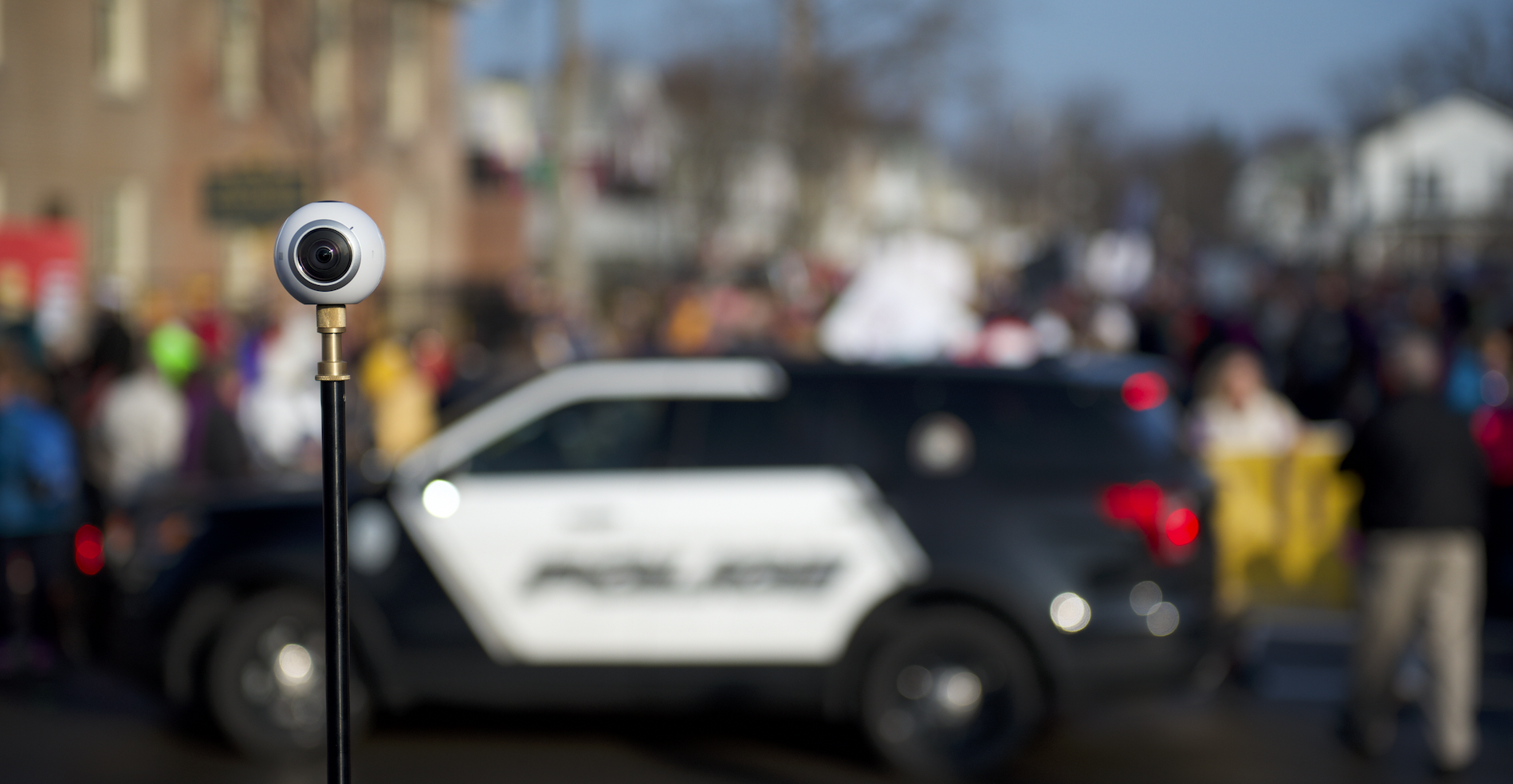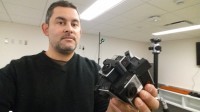I’m a technological luddite: My first VR experience
by Wasim Ahmad
- January 21
- in
When I was teaching digital journalism at another university, a colleague of mine called me a "technological luddite" because I didn't want to use Flickr to host photos for the school's website I was building and preferred to keep it all in house. While that proved to be a smart decision, the real reason behind this was actually my fear of "The Cloud." I mean, what if it rained, right?
But I got over this fear, and while I don't specifically use Flickr much, I've fully embraced cloud services in many other ways.
This kind of attitude could sum up my attitude about virtual reality and 360-degree video. I've seen Ken Harper for years at the Fall Workshop with his Franken-GoPro rig and have been a consumer of 360-degree video for some time (I love the New York Times' Daily 360) But I'm a photo/video guy. I was a bit afraid to venture beyond that for fear of leaving the comfort zone (and also the fear of money leaving my wallet).
Here I am though - a trip into the Innovation Lab last semester resulted in Prof. Harper slapping the HTC Vive onto my head, where I tried the Tilt Brush app from Google and another app (the name escapes me) where I could wander through a virtual environment, in this case a castle atop a mountain. This completely enclosed VR experience was stunning - I felt like I could actually fall off the mountain, or touch my 3D creations in the Tilt Brush app. The photorealism of some of the scenes I was placed in was amazing. It really put the bug in my brain to join this class.
In the first class for this semester, I tried some of the other tools - particularly the Gear VR headset on a Discovery flight around Mount Everest. While I thought it was interesting, I had a hard time figuring out where to look, and the graphics didn't seem to be as crisp as the HTC headset, which took me out of the experience a bit. I was locked in a certain spot in the helicopter, but my head was able to track around and see everything, which was nice, but not entirely useful since much of the scene was the inside of the helicopter (although that perhaps contributed to feeling like I was "in the scene").
I tried some of the other devices as well. I used Google Cardboard with the NYT VR app to view a story that simulated a drunk driving crash. This was a case of being locked to one spot, much like the Discovery tour of Everest. Much like that experience, I am not sure what having the ability to look around the rest of an empty car really did for me - I think this same story could have been accomplished without the 360 aspect. Also, at times, such as the moment of the crash, the whole experience went into slow motion, and it was profoundly confusing to be immersed in something that is very realistic, and then all of a sudden enters "bullet time."
I also walked around the lab using the Microsoft Hololens, but really couldn't understand how to make it work. I looked at things floating around the lab and was able to stare at the menus on those things (a shark, a hamster on a wheel, etc.) but not do anything. Many of the students seem to have this issue.
A note about those last two experiences - the Cardboard and the Hololens - I don't seem to get dizzy when I'm entirely enclosed in the experience, a la Samsung Gear VR and HTC Vive, but when I can partially or fully see the outside world, as in these last two devices, I felt slightly ill after just a few minutes of use. I seem to have the same experience watching 3D movies in the movie theater.
That said, after all of this, what I was most interested in trying was 360-degree video. After a crash course in class from Professor Pacheco, I gave it a whirl myself the next morning. It's not by any means thrilling video, but you can watch me try (and fail) to use an Amazon Alexa:
EDIT: It's not high art, but I actually managed to bring something back from the Women's March. Things I've learned: 1) Shut up when standing around the camera. 2) Don't stand around the camera. 3) You're not close enough to whatever it is you are trying to shoot. Get closer.


COMMENTS